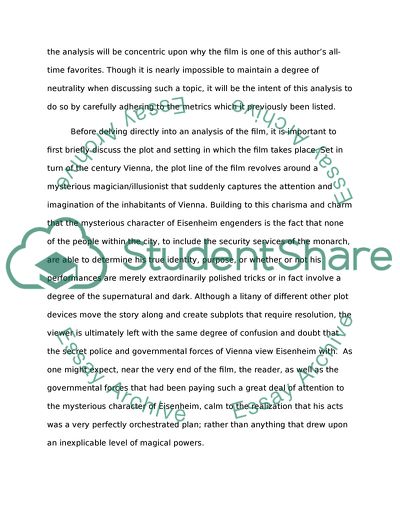Cite this document
(Evaluative essay about a movie Example | Topics and Well Written Essays - 1750 words, n.d.)
Evaluative essay about a movie Example | Topics and Well Written Essays - 1750 words. https://studentshare.org/visual-arts-film-studies/1801948-evaluative-essay-about-a-movie
Evaluative essay about a movie Example | Topics and Well Written Essays - 1750 words. https://studentshare.org/visual-arts-film-studies/1801948-evaluative-essay-about-a-movie
(Evaluative Essay about a Movie Example | Topics and Well Written Essays - 1750 Words)
Evaluative Essay about a Movie Example | Topics and Well Written Essays - 1750 Words. https://studentshare.org/visual-arts-film-studies/1801948-evaluative-essay-about-a-movie.
Evaluative Essay about a Movie Example | Topics and Well Written Essays - 1750 Words. https://studentshare.org/visual-arts-film-studies/1801948-evaluative-essay-about-a-movie.
“Evaluative Essay about a Movie Example | Topics and Well Written Essays - 1750 Words”. https://studentshare.org/visual-arts-film-studies/1801948-evaluative-essay-about-a-movie.


